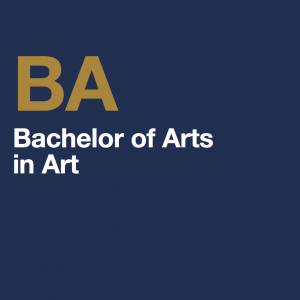
Art and culture
Theodor W Adorno said in 1970, “It is currently underestimated that nothing which concerns workmanship can be underestimated any more: neither craftsmanship itself, nor craftsmanship about the entire, nor even the privilege of workmanship to exist.” Relativism was acknowledged as an unavoidable truth, which prompted the time of contemporary fine art auctions workmanship and postmodern analysis, where societies of the world and history are viewed as evolving structures, which can be valued and drawn from just with doubt and incongruity. Besides, the detachment of societies is progressively obscured and some contend it is presently more fitting to think as far as a worldwide culture, as opposed to of territorial ones.
In The Origin of the Work of Art, Martin Heidegger, a German savant, and a fundamental mastermind portray the pith of workmanship as far as the ideas of being and truth. He contends that craftsmanship isn’t just a method of communicating the component of truth in a culture, however the methods for making it and giving a springboard from which “that which is” can be uncovered. Show-stoppers are not only portrayals of the status quo, however, produce a local area’s common perspective. Each time another craftsmanship is added to any culture, the importance of what it is to exist is intrinsically changed.
Creative Abilities :
Generally, craftsmanship and creative abilities and thoughts have frequently been spread through the exchange. An illustration of this is the Silk Road, where Hellenistic, Iranian, Indian, and Chinese impacts could blend. Greco Buddhist workmanship is quite possibly the most striking instance of this communication. The gathering of various societies and perspectives additionally impacted imaginative creation. An illustration of this is the multicultural port city of Trieste toward the start of the twentieth century, where James Joyce met scholars from Central Europe and the creative improvement of New York City as a social liquefying post
![]()
Expressions of the Human Experience :
The innovative expressions are regularly isolated into more explicit classes, ordinarily along perceptually components of craftsmanship that are autonomous of its translation or importance. It covers the strategies received by the craftsman and the actual structure of the fine art, essentially non-semantic parts of the work, like tone, form, measurement, medium, song, space, surface, and worth. Likewise, the structure may incorporate visual plan standards, like course of action, balance, contrast, accentuation, congruity, extent, closeness, and rhythm.
Structures, classifications, media, and styles recognizable classifications, for example, media, kind, styles, and form.
Overall there are three schools of reasoning in regards to craftsmanship, zeroing in individually on structure, content, and context. Extreme Formalism is the view that all stylish properties of workmanship are formal (that is, essential for artistic expression). Scholars all around reject this view and hold that the properties and feel of craftsmanship reach out to past materials, strategies, and forms. A few creators allude to topic and substance – i.e., indications and undertones – while others are inclined to importance and significance.
Outrageous Internationalism holds that authorial goal assumes a conclusive part in the significance of a masterpiece, passing on the substance or fundamental principle thought, while any remaining understandings can be discarded. It characterizes the subject as the people or thought represented, and the substance as the craftsman’s experience of that subject. For instance, the synthesis of Napoleon
